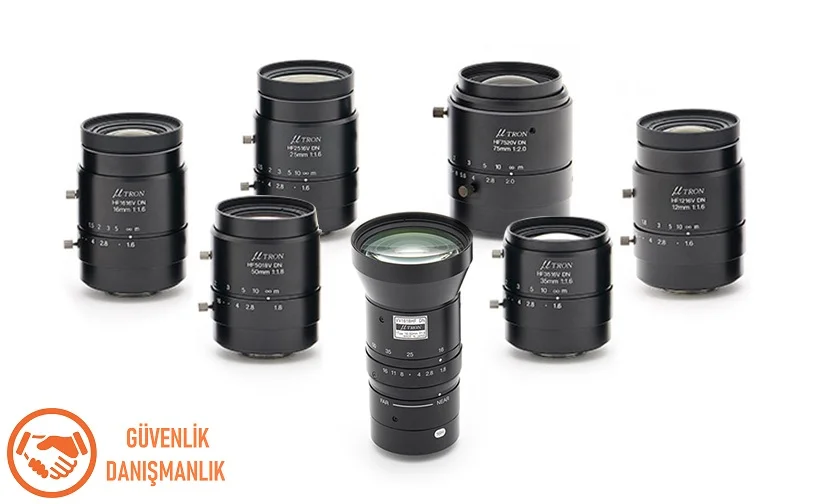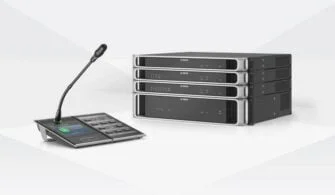In this article, we will talk about 7 important technical specifications to consider when it comes to security cameras, which have the most important role in electronic security systems. If we do not choose the right product in the security camera system we will select, we may not achieve the expected efficiency. This situation may cause material and spiritual losses. Here, we will discuss critical details that you should pay attention to when selecting a camera system. Let’s get into technical details without further ado.

Camera Resolution:
The most important feature to consider when choosing a security camera is camera resolution. Nowadays, the most common resolution is FullHD (2Mp). This resolution level has been increased to 8Mp (4K resolution) with the latest technologies in general use. Of course, we exclude special products with very high resolutions like 40Mp used in special projects. In today’s CCTV projects, products with resolutions such as 2Mp, 4Mp, 5Mp, and 8Mp are mostly used. As the resolution increases, the price of the product also increases linearly.
Image Sensor Size:
The unit that captures the light or image from objects in front of the lens is called an image sensor. The most commonly used type on the market today is the 1/2.8-inch model. High-resolution cameras may have sensors with a size of 1/1.8 inches. The point to be noted here is that as the sensor size increases, the light gathering capacity also increases, and therefore wider and higher-quality images can be obtained. Therefore, a 1/1.8-inch sensor is always better than a 1/2.8-inch sensor. Cameras with larger sensors have higher quality and therefore higher prices.
WDR (Wide Dynamic Range):
WDR is an important parameter in a security camera system. WDR values are expressed in dB. As the WDR value increases, the quality increases. So what is WDR? WDR is a technology that balances light differences in a security camera system. It prevents low-light areas from remaining dark due to the effect of high light in bright spots, extreme brightness and darkness. In other words, it balances the light in bright and dark areas. If you consider two security cameras, one with 120dB and the other with 132dB WDR, the 132dB product will be of higher quality and therefore more expensive.
Security Camera Lenses:
Security camera lenses have fixed, motorized, manual varifocal, and other types. Motorized lenses are the most commonly used lenses in many cameras today. We recommend that you prefer cameras with motorized lenses. With motorized lenses, you can make optical zoom in the image. Cameras with motorized lenses are more expensive products in terms of price. Dimensions are important in motorized lenses, for example, the most commonly used lens sizes are cameras with 2.8mm-12mm lens sizes. With motorized lenses, you can zoom the lens to 2.8mm and get a very wide-angle view on the camera, or zoom to 12mm and get a narrow-angle view at a long distance.

Auto Back Focus:
Day/Night security cameras have separate image sensors for night and day, which mechanically switch between them. This mechanical switching causes focus shifts in the camera. To adjust for these focus shifts, adjustments need to be made continuously on the lens. With Auto Back Focus, these focus shifts are constantly adjusted by the camera. This provides us with significant service ease and image clarity.
Image Compression Methods:
Today, we can say that the most commonly used image compression methods are H.264, H.265, and H.265+. When selecting a security camera, we must choose at least H.265 or H.265+ technologies. Having better image compression methods will provide us with significant disk savings and a high bandwidth. Especially in remote network or internet monitoring, security cameras with high compression capabilities provide significant convenience.
Night Vision and IR LED Technology:
If we want to obtain healthy images at night, our camera must be equipped with night vision, also known as day/night. This night vision must have an IR cut filter, also known as ICR. This means that it must have an image sensor that mechanically changes between night and day. In addition, if the lighting level where the camera is placed is very low, the camera must have IR LED. With the IR LED in the camera, we can obtain healthy images in very low light conditions or in the absence of light.






